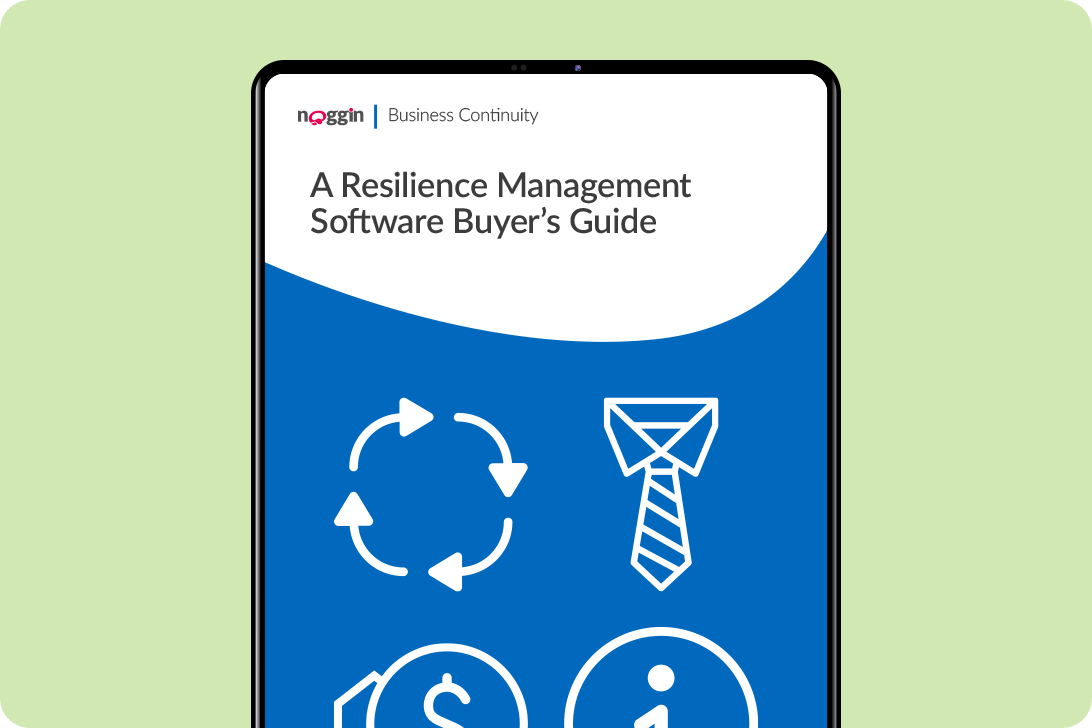Request a Demo
Fill in the form below and we will contact you shortly to organised your personalised demonstration of the Noggin platform.
Meet Noggin
An integrated resilience workspace that seamlessly integrates 10 core solutions into one, easy-to-use software platform.
The Noggin Platform
The world's leading integrated resilience workspace for risk and business continuity management, operational resilience, incident & crisis management, and security & safety operations.
Industries
Explore Noggin's integrated resilience software, purpose-built for any industry.
Developing an Effective Business Continuity Plan
Best Practice Guide
How to create an effective business continuity plan for your business
Business continuity management (BCM) has been around for some time now, roughly since the 1970s, according to most accounts. Emerging, then, as an offshoot of crisis management, BCM defined itself as the field dedicated to effectively responding to the technical and operational risks that would threaten an organization’s recovery from interruptions.
The scope has since narrowed. BCM today is a holistic management process for identifying potential threats to an organization and the operational impacts those threats would pose. Nowadays, it’s the primary task of business continuity professionals to build a durable framework for organizational resilience, in compliance with regulations and prevailing business standards like ISO 22301 (more on that later). This core responsibility brings business continuity professionals in close contact with other all-hazards practitioners, including those in risk management, disaster recovery, emergency response, crisis management, etc.
But the tools of business continuity management are fundamentally different. One mainstay is the business continuity plan (BCP), a collection of resources, actions, procedures, and information, designed to prepare organizations to maintain essential functions in the event of a disaster or other major disruption. It’s specifically
this business continuity planning effort that enables the continuous delivery of critical services and products to customers.
That makes business continuity planning qualitatively different than other forms of all-hazards planning, like post-disaster recovery planning or business resumption planning.
Download the full guide to continue reading >>



